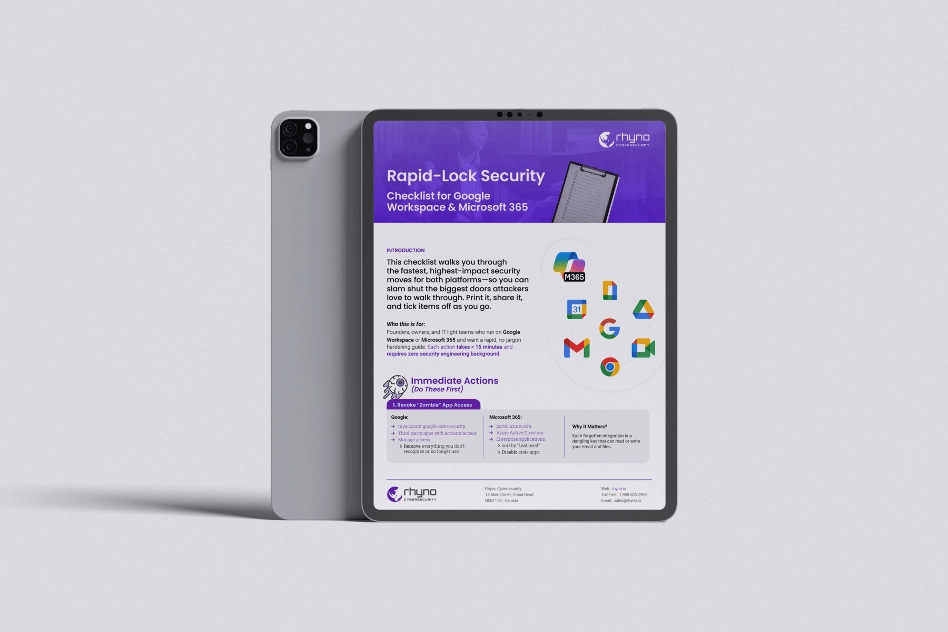The ClayRat Spyware Menace
A dangerous and fast-spreading spyware known as ClayRat is actively targeting Android users, turning their own devices against them in a sophisticated campaign. This malicious software is being spread through deceptive Telegram channels and convincing fake websites that mimic popular applications such as WhatsApp, Google Photos, TikTok, and YouTube. Attackers use these familiar names as bait, luring unsuspecting individuals into installing what they believe is a legitimate app, only to have their personal lives completely exposed.
How ClayRat Tricks You Into Infection
The attack begins with a clever trap. Cybercriminals create fake websites that look nearly identical to official download pages for well-known apps or offer special “premium” versions, like a “YouTube Plus.” When a user visits one of these sites, they are often redirected to a Telegram channel controlled by the attackers. To build a false sense of trust, these channels are filled with inflated download counts and fabricated positive reviews, making the malicious app seem popular and safe.
To get around modern security features in Android that are designed to prevent the installation of apps from unofficial sources, ClayRat uses a two-step infection process. The app you first download is just a “dropper.” On the surface, it might look like a simple installer that shows a fake Google Play Store update screen. However, while you’re looking at that screen, the dropper is secretly unpacking and installing the real, hidden spyware payload in the background. This method is highly effective because it seems less risky to the user and increases the chances that the spyware will be successfully installed.
Once Inside, Your Phone Becomes Theirs
After ClayRat has been installed, it immediately starts communicating with a command-and-control (C2) server, which is essentially a remote dashboard where the attackers can manage the infected device. The malware’s first move is often to trick the user into making it the default SMS application. Granting this permission gives the spyware unrestricted access to all text messages and messaging functions.
Once active, it quietly begins siphoning off a treasure trove of personal data. This includes your private text messages, a complete history of your phone calls, your app notifications, and detailed information about your device itself. But its capabilities go far beyond simple spying. The attackers can remotely command the phone to take photos using the front camera, secretly snapping pictures of the user and their surroundings. They can also use the infected device to directly send text messages or make phone calls, all without the owner’s knowledge.
The Automated Army: How ClayRat Spreads Itself
What makes ClayRat exceptionally dangerous is its ability to weaponize your contact list. In a move designed for rapid, automated expansion, the spyware automatically sends deceptive links to every single person in the victim’s phone book. It uses your identity to trick your friends, family, and colleagues into becoming the next victims. This turns every infected device into a distribution hub for the malware, allowing the threat to spread exponentially without any further effort from the attackers. A link from a trusted contact is far more likely to be clicked, making this one of the malware’s most potent features. Security firm Zimperium has already identified over 600 different versions of the malware in the last three months, each one more cleverly disguised than the last to avoid being detected.
A Wider Problem: The Dangers Lurking in Your Phone
This threat highlights a much broader issue in the mobile ecosystem. It’s not just about the apps you choose to download. A separate study by researchers from the University of Luxembourg and Université Cheikh Anta Diop revealed that even brand-new, budget-friendly Android phones can come with pre-installed security risks. The research, which focused on smartphones sold in Africa, found that many built-in apps operate with dangerously high levels of permission.
The investigation uncovered that some of these pre-loaded applications were transmitting sensitive information, like the phone’s unique identifiers and its owner’s location, to unknown third parties. The findings were startling: of the apps they examined, 9% were leaking sensitive data, 16% had critical security flaws, and dozens could perform risky actions like reading or sending SMS messages and even silently installing other applications without user consent. This shows that threats can come from both external attacks like ClayRat and from software that is part of the phone right out of the box, making user vigilance more critical than ever.


